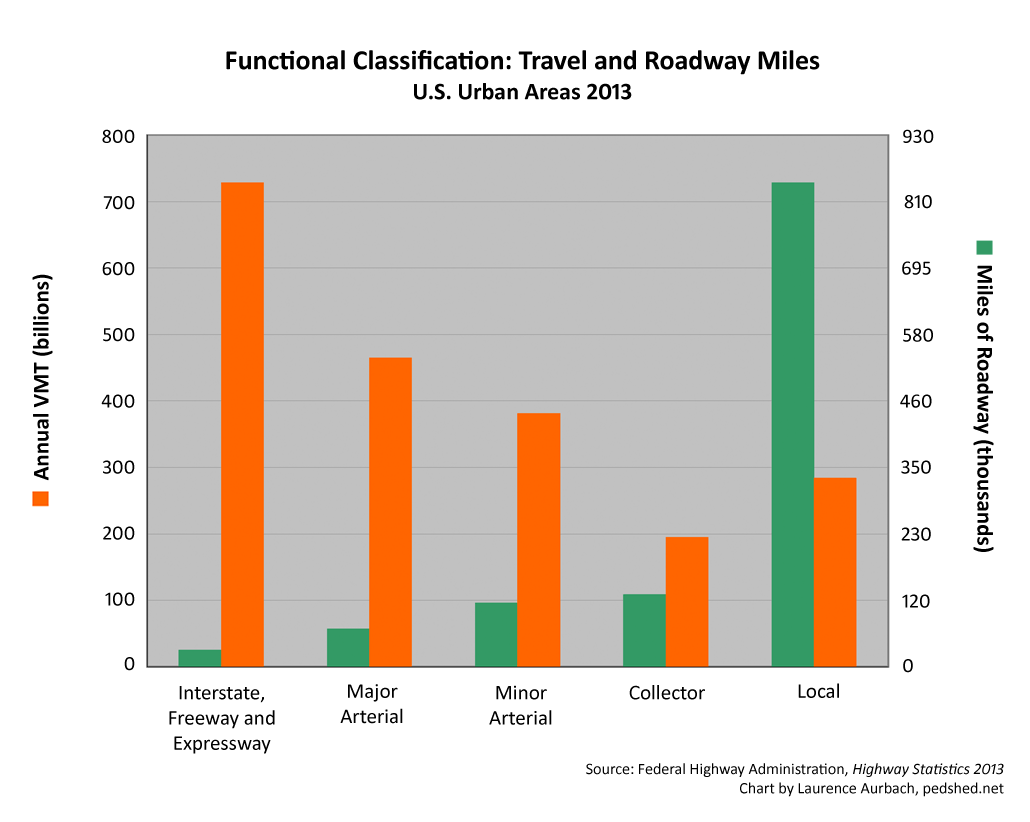Lol. I'm long 925 shares. FSD really is vaporware though, it hasn't done anything since 2016, yet the price went down. It's not bearish calling it what it is
I'm also very long, and feel about the same about FSD. If you're looking for unattended cars to be roaming about public highways, delivering themselves, showing up for test drives, or doing anything really this year or next as an important component of your investment thesis, then:
a) I really hope you're right and I'm wrong - that'll be a stunning amount of incremental value over and above what I'm expecting out of the company
b) FSD, without vehicles running around unattended, is going to be hugely valuable in an incremental way to the existing driver assist technologies (this is my thesis).
Lane changes on restricted access highways without intervention - that'll translate to nearly SC to SC self driving by the car (with a driver that keeps a hand on the wheel and remains attentive). That's huge for road tripping.
Recognizing stop lights / stripes / signs, and presumably stopping for them appropriately on autopilot. THat'll be immediately valuable to me on a 60 mile commute I make reasonably often.
I can imagine these technologies getting proven enough over the next year or 2 so that general FSD isn't enabled, but targeted FSD becomes enabled. Here I'm thinking the car watches over my shoulder and notices my morning and evening commute to work each day, figures out about where I like to park, and after enough repetition, offers to drive me to work and park in the morning, and then drive me home and park in the evening. I have, in effect, trained it on the edge cases that make up a common drive for me, and now the technology is ready to step in and help.
These are steps along the road that are all a long ways away from unattended cars wandering around on public highways. They can provide consumers, and therefore TSLA, value in the next year or 2. And if I'm right, they will continue to reset the public conversation about what FSD really means, and how it gets deployed into the wild and starts reshaping society.
If I define FSD as a car that roams around unattended on a public road, then I'm with
@anthonyj - that's vaporware for at least the next 2 years, and I suspect it's vaporware for the next 5.




